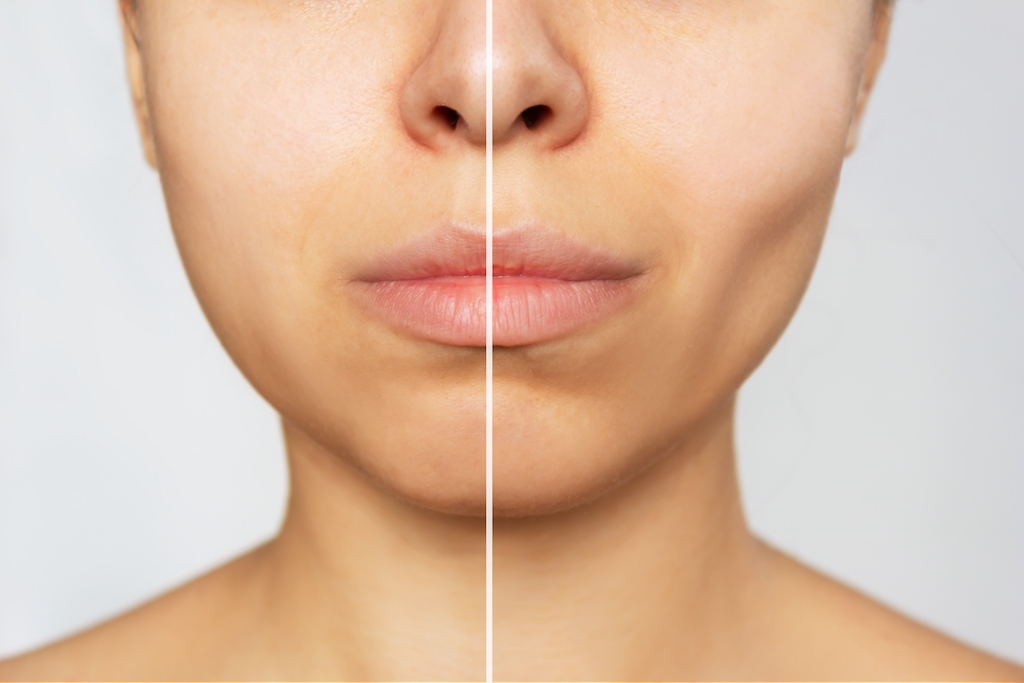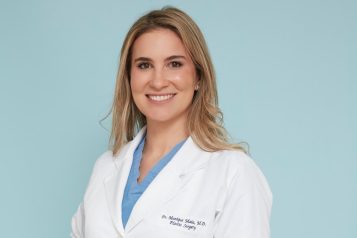 Photo Credit: Shutterstock
Photo Credit: Shutterstock
In plastic surgery circles, there are two sides to the buccal fat removal debate – plastic surgeons who are for it and those who are not a fan. Haute Beauty expert Dr. S. Alexander Earle falls into the latter category simply because he has seen more patients regret the surgery over time as they age. Here Dr. Earle shares his thoughts along with the facts.
The buccal fat procedure, also known as cheek reduction, is used to create a more chiseled and defined look by reducing the fat pad located in the face or cheeks. While this may give the appearance of a thinner more contoured look, it removes the very thing that helps a face retain its youthful oval shape – FAT.
 Photo Credit: Shutterstock
Photo Credit: Shutterstock
In the area between the jaw and cheekbones, you will find the buccal fat pad. This pad is partly responsible for creating and defining the shape of the face and is often most prominent when smiling. Some patients seek buccal fat removal to remedy a chubby or round face that does not dissipate even after significant weight loss. While removing the buccal fat pad may seem like a good idea for younger women, it can contribute to excess saggy skin and faster loss of skin elasticity during the natural aging process. In fact, to create younger-looking results during facelift procedures, most surgeons inject fat back into the face through micro-fat transfers to restore a youthful appearance. Even fillers, such as Restalyne and Juvaderm are used to mimic fat as they are injected into cheeks to reduce sagging, wrinkles and lines.
There may be extreme cases where buccal fat removal is necessary, and these can be discussed on a case-by-case basis. However, overall, I love a full oval or round face and do not recommend this procedure. If you are considering buccal fat removal surgery, I suggest looking into other options for face contouring that don’t involve removing the fat you may hate now but may love as time passes.
For more information, visit Dr. Brian A. Levine's social media:

























